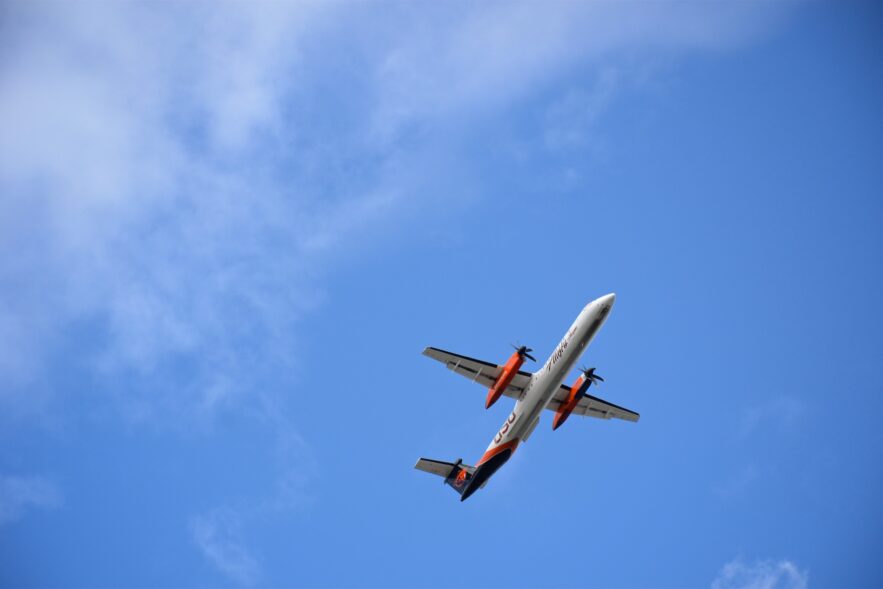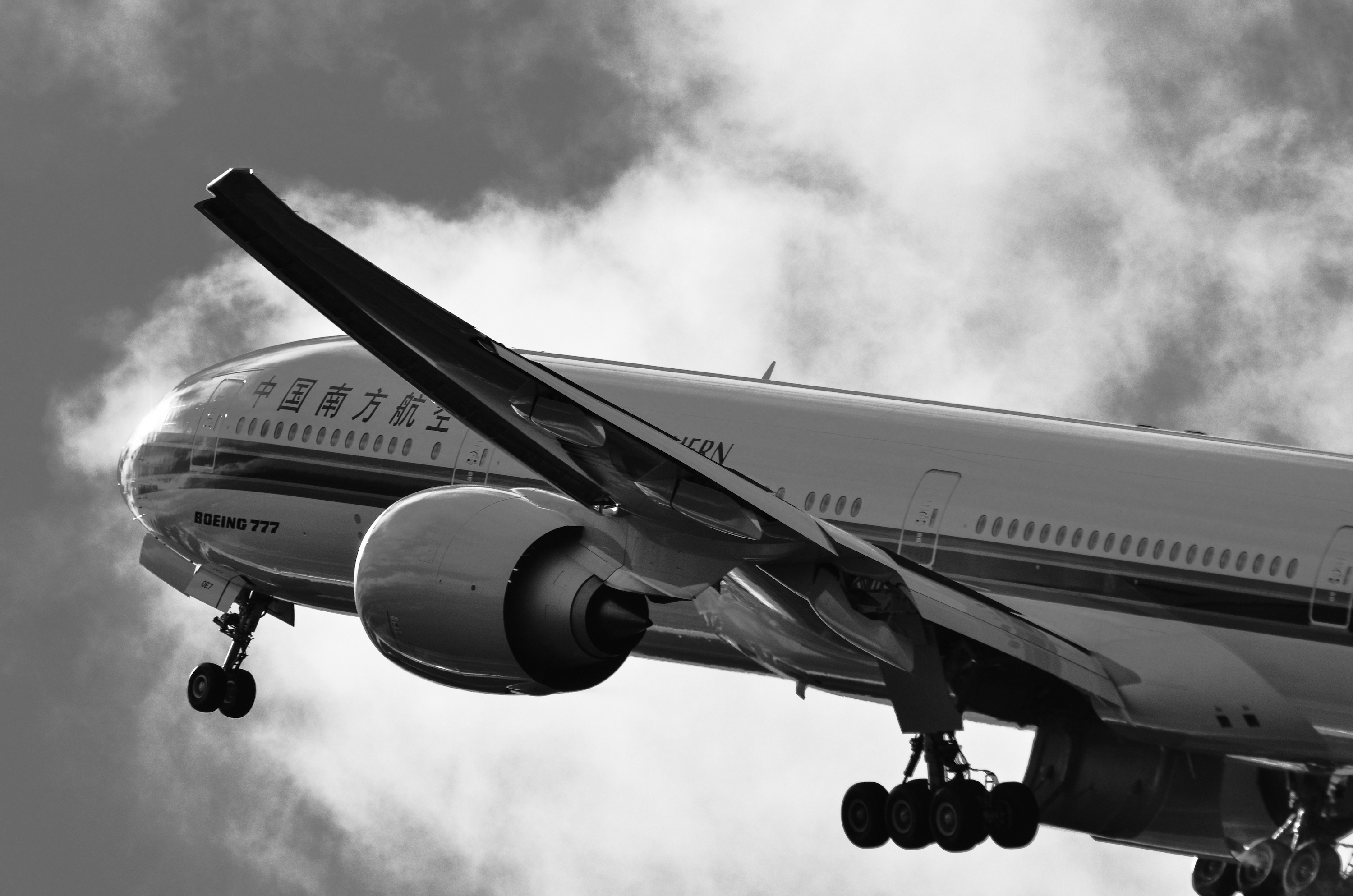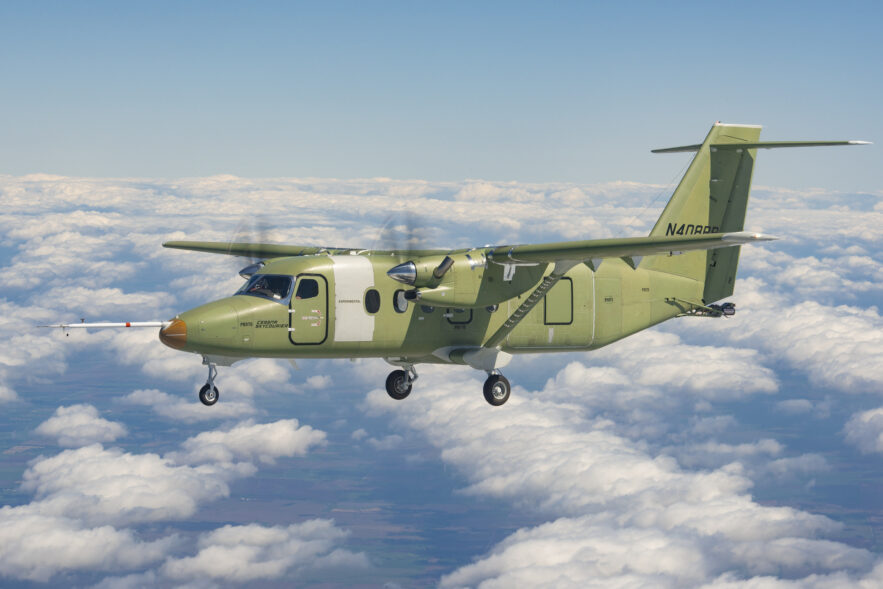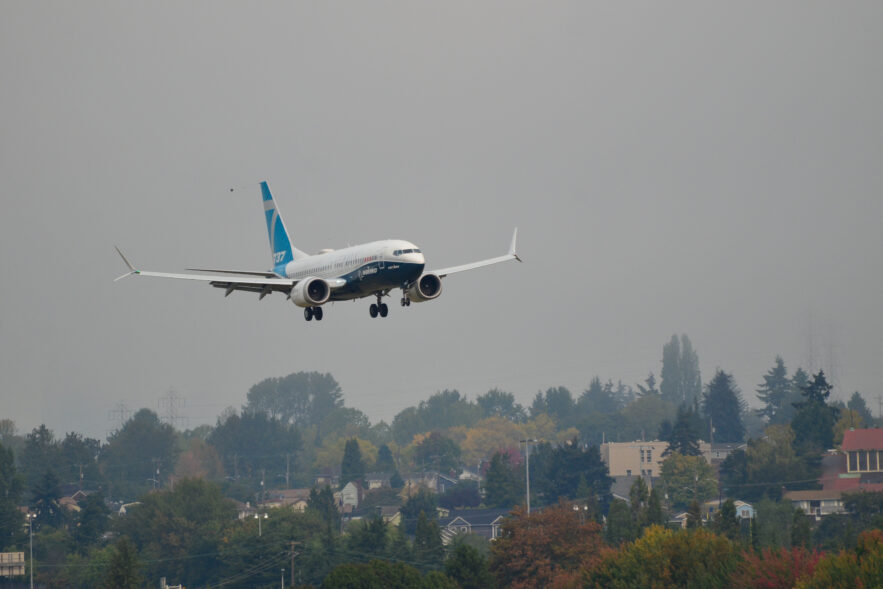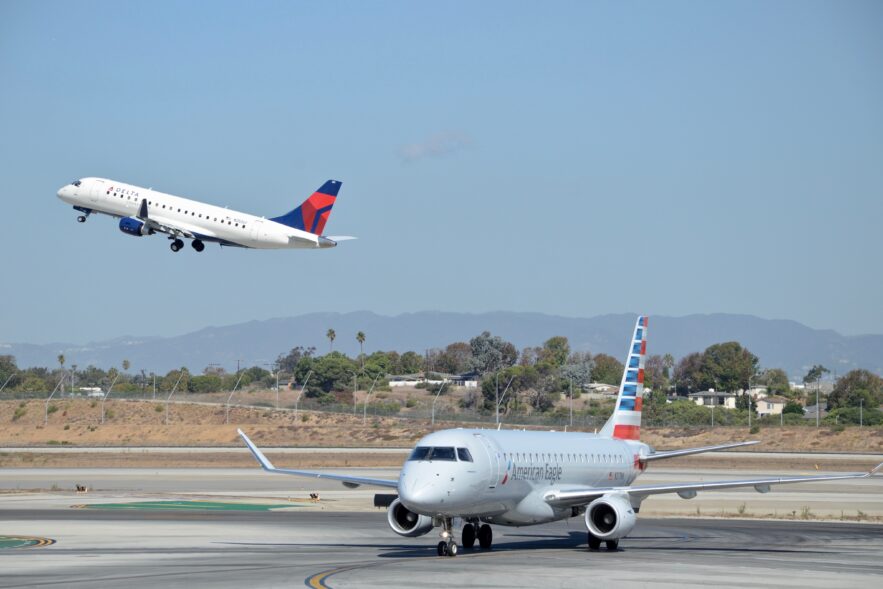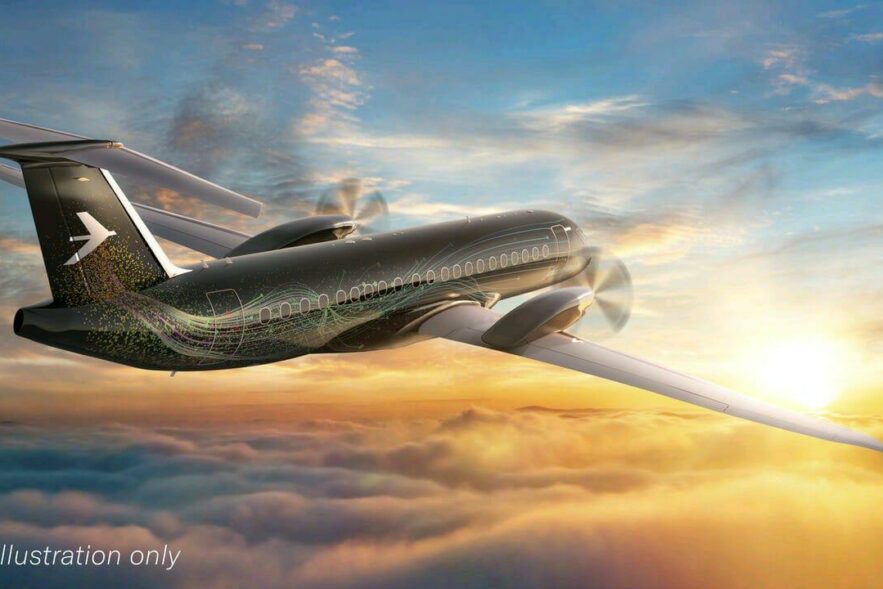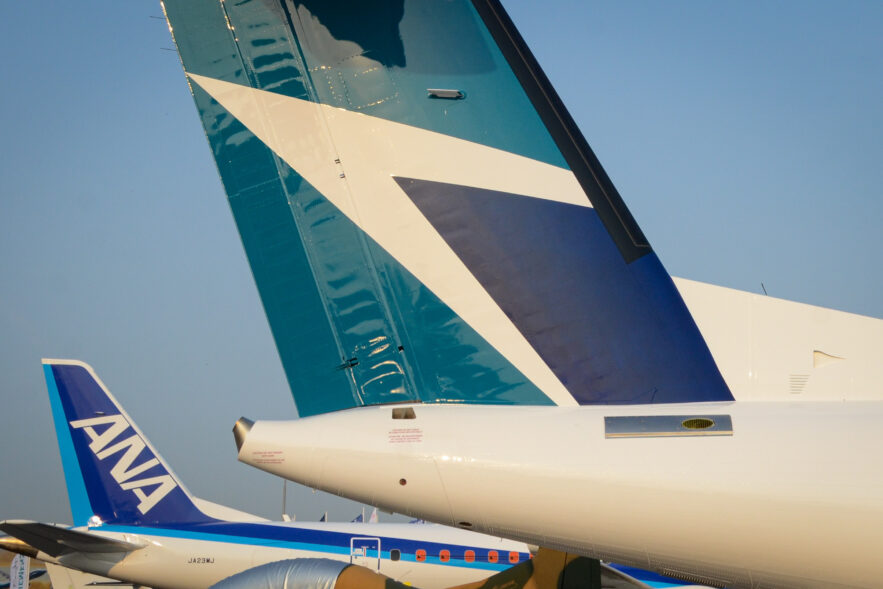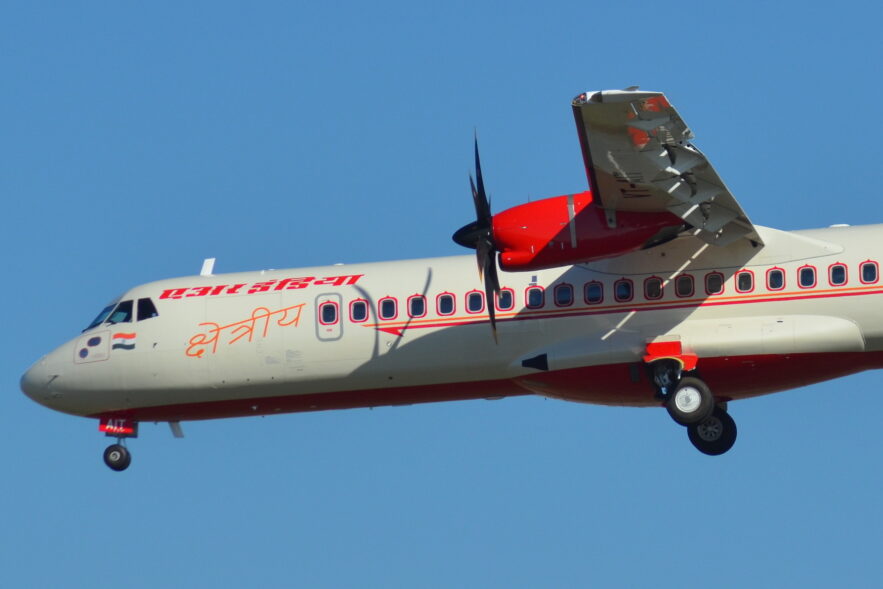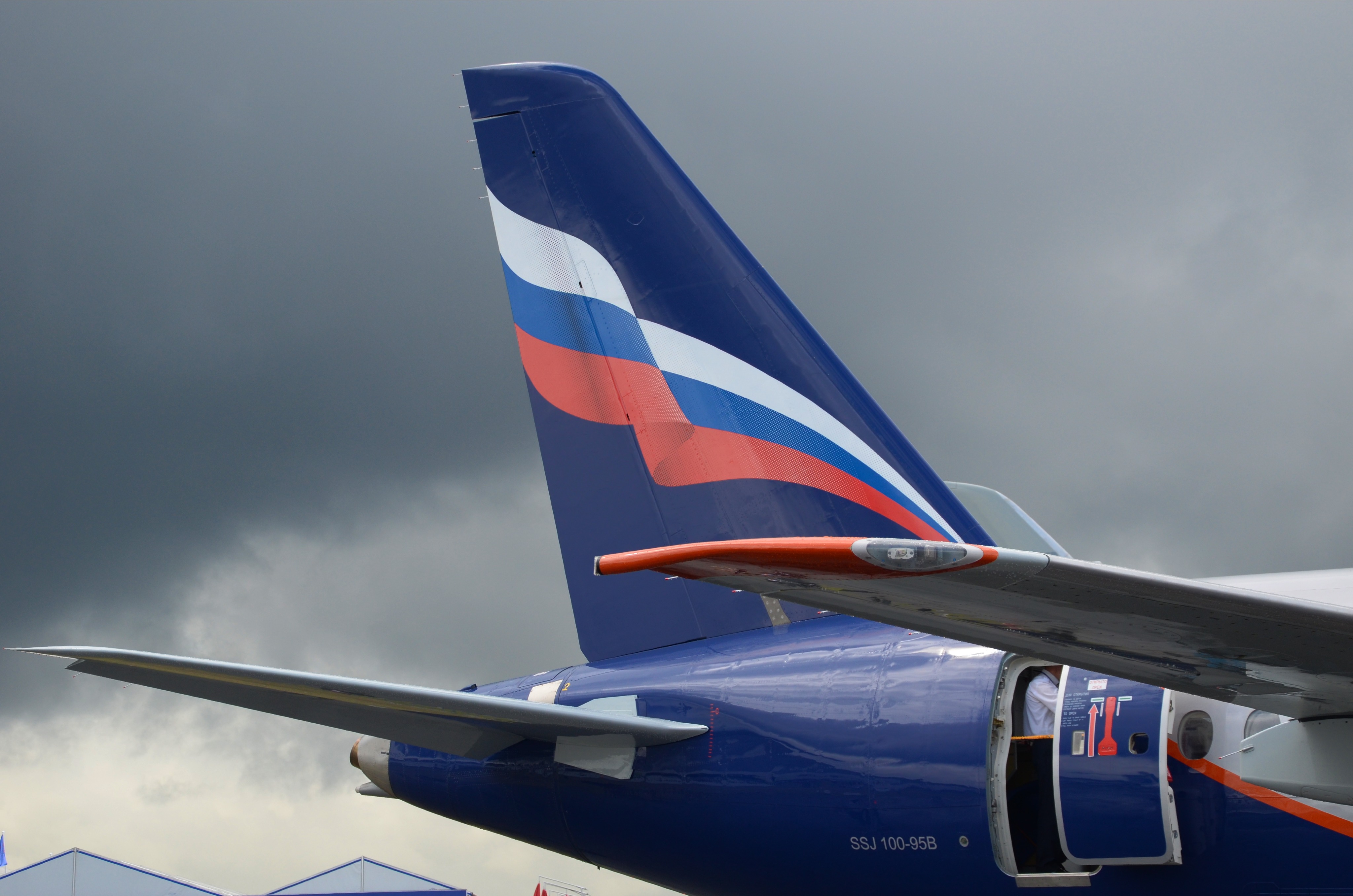Understanding the nuances of regional aircraft -- turboprops and regional jets -- is first and foremost a matter of understanding the role of geography in their success.
Log-in here if you’re already a subscriber Release DateSeptember 8, 2022A different way to think about the future of flying...
Log-in here if you’re already a subscriber Release DateMarch 20, 2023Now airborne, Universal Hydrogen looks ahead to ATR commercializationPurchase a...
The new airplanes of e-commerce If this global pandemic has proven anything, it’s that it has been a massive accelerator...
Challenges from logistical to geopolitical permeate every level of the Boeing’s 737 Max visit to China. ATR's struggle to certify its own turboprop is a template for Boeing's uncertainty.
There’s no one definition of a regional airline and that shows in the pandemic’s rebound. TAC Analysis continues its exploration of which types of regional airlines are excelling in the pandemic era, which are struggling, and what this means for the various aircraft types operating at each.
With receding regional aviation competitors, Embraer studies a return to a market that hasn’t had the choice of an all-new product in decades. Unique quirks of the turboprop market and Embraer technology planning will pressure E3 market potential. Big leaps in efficiency of single-aisle jets compresses the list of small markets that need a big turboprop.
A large turboprop freighter opens a new front in its strategy as Amazon expands its reach to smaller communities.
Log-in here if you’re already a subscriber Release DateSeptember 9, 2019Newcomers De Havilland and Mitsubishi find themselves dwarfed by their...
Log-in here if you’re already a subscriber Release DateOctober 17, 2022The U.S. has a 50-seat jet problemPurchase a PDF of...
The nuances of regional markets, both emerging and established, will offer a path for Embraer's E3, but will also limit its possible success. Turboprop customers are particularly sensitive to aircraft pricing, which will be challenged by the scope and pricing of a new development. By reintegrating its commercial unit, Embraer’s engineering talent is unconstrained to operate across its executive jet, defense and eVTOL businesses.
The most far-reaching sanctions of the modern economic era have disconnected Russia and its civil aviation industry from much of the world. Its digital connection is severed, along with its access to parts, services, international markets and crucial airspace. Yet what will come of the fleet that operates today inside of Russia?
